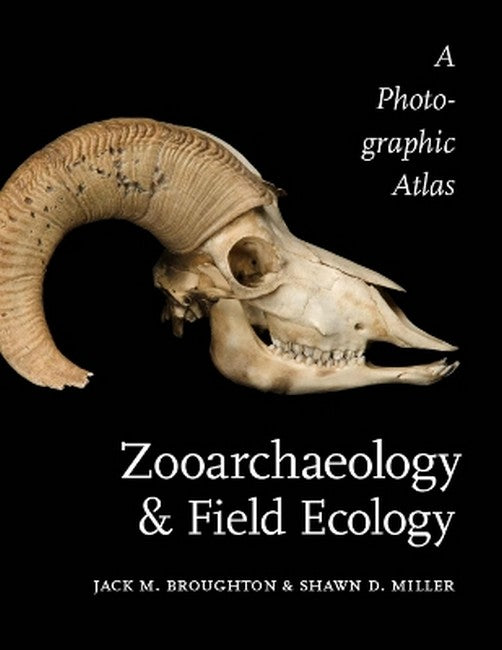Jack M. Broughton is a professor of anthropology at the University of Utah, USA, where he teaches archaeology, osteology, and zooarchaeology and holds an adjunct appointment in vertebrate zoology at the Natural History Museum of Utah. Shawn D. Miller is an associate instructor of biology at the University of Utah and will receive his PhD in Biological Anthropology at the end of 2015. He is a coauthor of the Atlas of Human Anatomy, the educational software Real Anatomy, and the Human Anatomy Interactive Atlas.
Request Academic Copy
Please copy the ISBN for submitting review copy form
Description
"Contains a wealth of information useful to vertebrate paleozoologists and also to forensic wildlife biologists. A rigorously scientific treatment. The book is superb; the photographs are excellent." --R. Lee Lyman, Chair, Department of Anthropology, University of Missouri-Columbia "No other book (or website for that matter) treats all the vertebrates from western North America in such a comprehensive fashion. This book fills an important niche." --Virginia L. Butler, Professor, Department of Anthropology, Portland State University "More than a lab manual. . . . Zooarchaeology and Field Ecology helps to disclose a broader set of evolutionary and ecological values that we would all be wise to keep fresh in our minds."--Journal of California and Great Basin Anthropology "A very useful and welcome addition to the arsenal of tools available to zooarchaeologists....This is unarguably an excellent volume that will make a positive contribution to any zooarchaeologist's bookshelf, and will certainly be of interest to the wider archaeological and ecological communities as well."--Canadian Journal of Archaeology "It is unique in its attempt to bring together a succinct overview of the behavior of many species found in the west today, alongside clear descriptions of vertebrate skeletal morphology. Broughton and Miller make a solid case for the importance of understanding the life history and ecology of animals as part of the archaeological research."--California Archaeology

